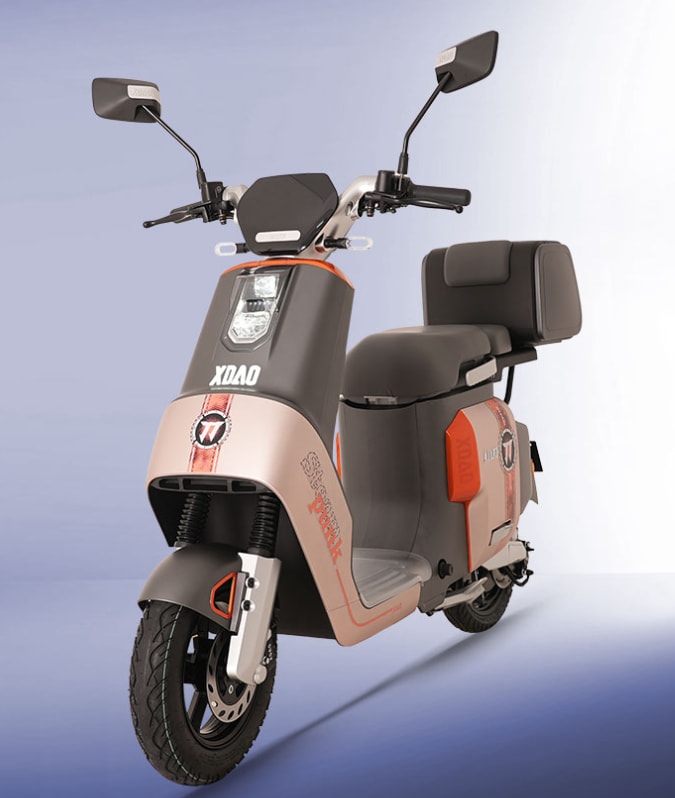Understanding the Costs of Making an Electric Scooter
The rising popularity of electric scooters as eco-friendly and convenient modes of transportation has led to an increased interest in their manufacturing process and associated costs. From sourcing materials to assembly and distribution, understanding the expenses involved in producing an electric scooter is crucial for manufacturers and consumers alike. Electric Scooter Manufacturing Cost
Components and Materials:
The primary cost consideration in manufacturing an electric scooter lies in sourcing the necessary components and materials. These include the frame, battery, motor, wheels, brakes, handlebars, lights, and electronic components.
High-quality materials, such as lightweight aluminum alloys for the frame and lithium-ion batteries for power, contribute to the overall performance and durability of the electric scooter but may incur higher expenses.
Research and Development (R&D):
Prior to production, manufacturers invest significant resources in research and development to design and prototype the electric scooter. R&D expenses cover engineering, design, testing, and refinement processes to ensure product safety, efficiency, and compliance with regulations.
Innovations in battery technology, motor efficiency, and design aesthetics may drive up R&D costs but are essential for enhancing the competitiveness and appeal of the electric scooter in the market.
Manufacturing Processes:
The manufacturing process itself incurs costs related to labor, machinery, tooling, and overhead expenses. Labor costs vary depending on the location of production, with countries offering cheaper labor often attracting manufacturers seeking cost savings.
Automation and assembly line efficiencies can streamline production processes and reduce labor costs, although initial investments in machinery and equipment may be substantial.
Quality Control and Testing:
Ensuring the safety, reliability, and compliance of electric scooters requires rigorous quality control measures and testing protocols. Manufacturers must adhere to industry standards and regulatory requirements, which may involve third-party certification and testing services.
Quality control expenses encompass inspections, audits, and testing procedures throughout the manufacturing process to identify and rectify defects or deviations from specifications.
Distribution and Marketing:
Once manufactured, electric scooters incur expenses related to distribution, marketing, and sales. These include warehousing, logistics, transportation, packaging, advertising, and promotional activities.
Marketing efforts to raise brand awareness, showcase product features, and target specific consumer demographics contribute to overall expenses but are essential for driving sales and market penetration.
The costs associated with manufacturing an electric scooter encompass a wide range of factors, from sourcing materials and components to research and development, manufacturing processes, quality control, distribution, and marketing. Understanding these expenses is essential for manufacturers to make informed decisions about production strategies, pricing strategies, and market positioning in the competitive electric scooter industry. Similarly, consumers benefit from transparency regarding the costs involved in bringing this innovative and sustainable mode of transportation to the market.
None
Related Articles




Comments